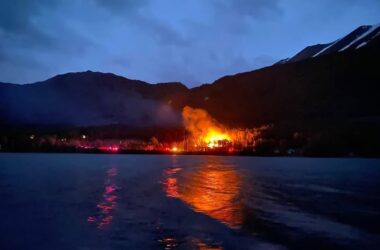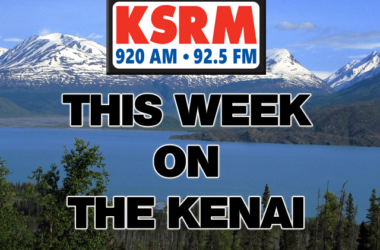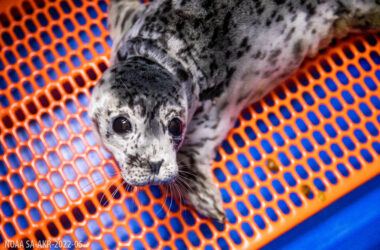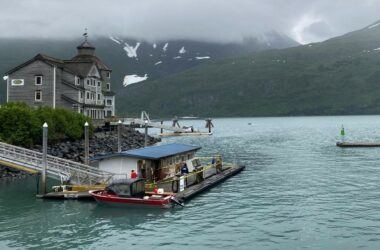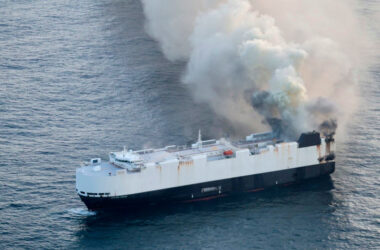Gov. Mike Dunleavy announced on Wednesday that hundreds of medical personnel are coming to Alaska to assist the State’s healthcare facilities. Nearly 300 registered nurses and more than 100 certified nursing assistants or patient care technicians are among the healthcare workers that are expected to arrive in the state under an $87 million contract between the State of Alaska and the federal General Services Administration. The incoming healthcare workers, the first of whom are expected to arrive next week, are part of a comprehensive support plan for Alaska’s healthcare system, finalized this week by the Dunleavy Administration for medical facilities strained by an influx of COVId-19 patients.
Dunleavy said:
“There’s definitely an emergency occurring in the hospitals. What is happened in the hospitals over the last several months is something similar to what has happened in a lot of sectors in our society as a result of our pandemic, that is a lot of folks are getting burned out. We are having people leaving the healthcare industry – nurses, respiratory therapists, and in some cases doctors. Our capacity here in Alaska, as in other places, is actually shrinking at a time when this variant is growing and causing more cases to go up.”
The Dunleavy Administration’s plan includes:
- An Alaska State Hospital and Nursing Home Association contract to help recruit and expand the certified nursing assistant workforce.
- Emergency regulations passed by the Alaska Board of Nursing to get more Alaskans trained and certified as Nurse Aides more quickly. The regulation change aligns Alaska CNA training requirements with the federal requirements for 120 days, reducing the number of training hours from 140 to 75, and requires training programs to meet the federal training requirements.
- The State Emergency Medical Services (EMS) Office is working with local EMS agencies on strategies to alleviate overcrowding in hospitals. Strategies will look different in each community, but include providing services that facilitate early discharge of hospital patients to open beds for others seeking care. Other strategies include transporting patients to alternate destinations, or treating patients on the scene, and avoiding a hospital run.
- Providing COVID-19 at-home test kits to support in-person learning for kids and families to test before going to school to curb the spread of COVID-19.
Dunleavy added:
“We introduced two bills into the legislature that would have helped build capacity. Those bills failed but that doesn’t mean we don’t have other avenues to assist with this capacity. So, we’re going to be building up our healthcare capacity. Hopefully when this press conference is concluded, the story for Alaskans is that we are on top of this, we continue to be on top of this, yes the case counts are rising, but we still need individual Alaskans to get some serious thought about getting a vaccine and we need individual Alaskans to understand that if they do get infected, what are the steps in which they can minimize that illness within themselves and how they can take care of themselves better.”
On Sept. 22, the Alaska Department of Health and Social Services (DHSS) enabled Crisis Standards of Care through the new addendum to the existing Public Health Emergency Order. Commissioner of Health and Social Services Adam Crum said that while the addendum gives a health care framework for providers, providers will continue to make patient decisions according to their policies and available resources.
For more information, click here.
Click play on the video below to watch the press conference from Wednesday afternoon:

